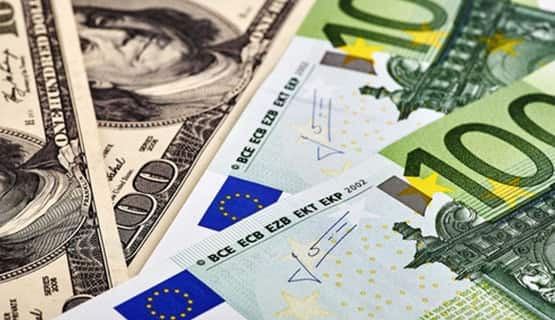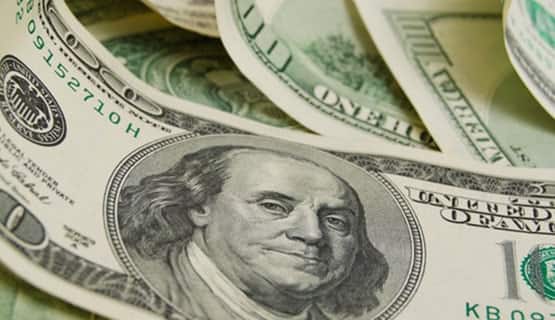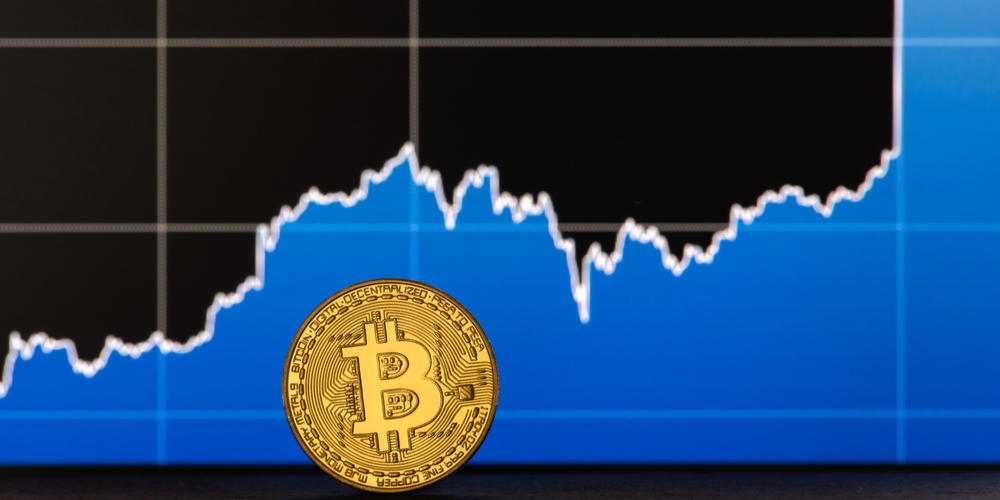Financial market research and analysis
Our analysts have their fingers on the pulse of the world's financial market news.
CFD trading is high risk and may not be suitable for everyone.

08 Sep 2017
By Ipek Ozkardeskaya
USD sell-off accelerates, stocks down

An earthquake in Gulf of Mexico further dampened the mood in Asia. According to experts, the third Hurricane Irma could hit Florida on Sunday, after having devastated the Mexican coasts and cause severe damages.
The European stock markets are under the pressure of the global risk-off trades. The DAC (-0.10%) and the CAC (-0.32%) also suffer from the positive euro volatility this Friday. All sectors kicked off the session in the red in Frankfurt. The 10-year bund yield fell below 0.30% on the combination of a global flight to safety and dovish tapering message from the European Central Bank (ECB) on Thursday.
The FTSE is under the pressure of a stronger pound. The long appetite in the FTSE 100 stocks declines past the 7400p level (50-day moving average), given that nearly half of the big British companies’ earnings are denominated in foreign currencies.
The GBPUSD stretched to 1.3150. The bullish move is mostly explained by the broad-based USD debasement. Better-than-expected industrial and manufacturing production data helped. The UK’s manufacturing production expanded by 0.5% on month to July on the back of a solid rebound in car production. The trade deficit was little changed in July. Brexit uncertainties are a major drag for the UK’s trade relationship with the EU, yet the June shortfall was revised sharply down from 4.6 billion to 2.9 billion pounds, suggesting that the softness in the GDP data may have been caused by other components than the trade deficit, such as consumer spending and softness in services. This is not good news.
Light resistance is eyed at 1.3150 (major 76.4% retrace on Aug decline) against the US dollar, before a second attempt to the year-to-date high of 1.3266 (Aug 2 peak). A halt in the USD sell-off could rapidly pull the carpet from under Cable’s feet and trigger a correction to the 50-day moving average (1.2996).
Euro gains despite Draghi
The EURUSD broke above the 1.20 level despite the European Central Bank (ECB) President Mario Draghi’s attempt to voice concerns on the strong euro volatility. But according to many, he sounded clearly not as much concerned as in 2014, where the single currency traded at 1.40 against the dollar and the economy was stagnating.
At Thursday’s policy meeting, the ECB policymakers lowered their inflation forecast, acknowledging the impact of the stronger euro on the price dynamics, yet upgraded their growth forecast to 2.2%, the highest in a decade. Solid macro fundamentals are believed to explain a part of the euro’s strength. Therefore, the Quantitative Easing (QE) exit is not off the table. The ECB will discuss how to unwind the QE at the October meeting. The QE tapering will likely be gradual as Draghi cited ‘the strategy of this soft intervention is to prevent further speculative upward pressure on the euro.’
Draghi’s words didn’t discourage euro buyers from jumping on the back of a bull. The EURUSD extended gains to 1.2092 as the aggressive USD sell-off hit the currency markets before the European open. The pair stepped into the overbought market (RSI >70%) hinting that a correction would be healthy at the current levels. Traders could look for toppish signs pre-1.2080/1.2100, and 1.2130 (optionality).
The idea of a dovish QE tapering pleased the European stock traders as well. The DAX broke the May – August downtrend top and the positive breakout could underpin a mid-term rise toward the 200-day moving average, $12’462, if the upside pressures on the euro ease temporarily.
We note that a softer monetary policy stance should have tempered the euro purchases and increased appetite in stocks.
USD sell-off accelerates
The US dollar had a bad week and the downside pressures continue to push the greenback toward year-to-date (ytd) lows in several major markets, where the technical levels become hard to assess. The heavy depreciation raises doubts about an eventually overdone sell-off.
Meanwhile, the US yields retreated to new ytd lows and the US bank stocks (-1.07%) were offered in the Wall Street on prospects of softer Federal Reserve (Fed) policy outlook. Dovish comments from the Fed members sent the US 10-year yield down to 2.02% on Thursday.
Insurance stocks are under pressure due to heavy damages that could result if Hurricane Irma hits Florida on Sunday, as predicted by experts.
Meanwhile, talks that President Trump cooperates with the opposition Democrats to eliminate the federal debt ceiling is an additional weigh on the US dollar, given that such move would permanently remove the motivation to cut government spending.
The US stock futures point at a softer market open in the US. The Dow is called 52 points softer at $21’732.
Gold extends gains on safe-haven demand
Gold hit $1’357. Despite the overbought market conditions, gold demand remains solid due to the deterioration in the US yields and lower appetite in risky assets. Intra-day support is eyed at 50-hour moving average ($1’336) and the weekly support stands at $1’326/1’324 (September 5 dip / 200-hour moving average).
North Korean nuclear threat and Hurricane Irma are risks being monitored over the weekend.
High-yielding currencies surge on plunging US yields
The antipodeans (NZD +1.35%, AUD +0.87%) and the yuan (+0.57%) were among the best performers against the US dollar.
The AUDUSD extended gains to 0.8125 as carry traders benefited from Thursday’s temporary weakness to enter fresh long positions. Surprise deterioration in China’s trade surplus temporarily weighed on the Aussie’s positive intra-day trend. Chinese exports growth slowed to 5.5% year-on-year in August (USD-denominated) from 7.2% printed a month earlier, but the AUD weakness due to soft Chinese data remained short-lived. The AU-US rate differential is supportive of a stronger positive momentum. The 200-week moving average (0.7965) should lend support to the latest bullish wave. The next resistance is eyed at 0.8164 (May 2015 high).
The NZDUSD traded above its 50-day moving average (0.7326) for the first time in a month. The downside correction is underway. Support is eyed at 0.7248 (100-day moving average). Dip-buyers could creep in and encourage an extension toward 0.7382 (minor 23.6% retracement on April – July rise).
Japanese growth slows
In Japan, the final 2Q GDP has been revised down from 4.0% to 2.5% quarter-on-quarter annualized, weaker than 2.9% expected by analysts. The current account surplus increased from 934.6 billion to 2’320 billion yen in July, although the trade surplus contribution has been limited.
Nikkei (-0.63%) and Topix (-0.29%) fell as the USDJPY extended losses to 107.64, a fresh ytd low. The weekly Ichimoku cloud top, 108.80, could act as a decent resistance before the weekly closing bell. The negative breakout below 107.90 (major 61.8% retrace on post-Trump rally) could pave the way for a further slide toward the mid-term support of 105.00.
The information and comments provided herein under no circumstances are to be considered an offer or solicitation to invest and nothing herein should be construed as investment advice. The information provided is believed to be accurate at the date the information is produced. Losses can exceed deposits.
 Change Language ▼
Change Language ▼








